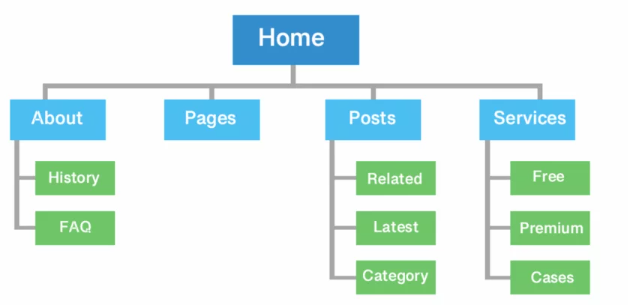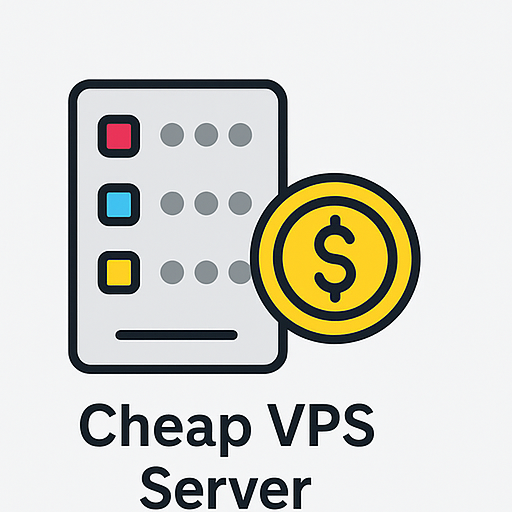
What is a Sitemap and Why It Matters for SEO
A sitemap is a structured file that lists all important pages of your website. It helps search engines like Google crawl your website more efficiently. A sitemap acts like a roadmap, showing search engines how your site is organized and which URLs are the most important. In this guide, we’ll explain what a sitemap is, why it matters for SEO, how to create one, and which pages should or shouldn’t be included.
The History of Sitemaps
Sitemaps were first introduced by Google in 2005 to help webmasters communicate directly with search engines. The initial version was 0.84, and the goal was to make it easier for crawlers to discover new and updated content. Today, sitemaps have become an essential component of SEO strategies for websites of all sizes.
WordPress Web Hosting
Starting From $3.99/Monthly
Types of Sitemaps
There are two main types of sitemaps:
1. HTML Sitemap
This version is designed for users. It helps visitors navigate through the website by providing a list of key pages in a readable format.
2. XML Sitemap
This version is created specifically for search engine crawlers. It contains URLs and metadata about each page, including the last modification date, update frequency, and priority. It plays a significant role in indexing and crawling.
Benefits of Using a Sitemap
- Enables faster and more accurate indexing by search engines
- Indicates the structure and hierarchy of content
- Helps crawlers discover updated or newly added pages
- Assists in indexing dynamic and media-rich content
- Acts as a backup for weak internal linking structures
- Enhances visibility of large or complex websites
How to Create a Sitemap in WordPress
Using Plugins
Several plugins can generate sitemaps automatically:
- Yoast SEO
- All in One SEO Pack
- Rank Math
These tools provide automatic sitemap generation and customization options.
Online Tools
You can also use tools like XML-sitemaps.com to generate a sitemap. These are helpful if you don’t use WordPress.

Debian VPS Server
Zajistit, Stable & Affordable
Submitting Your Sitemap to Google
After generating your sitemap, submit it to Google Search Console:
- Go to Google Search Console.
- Navigate to the „Sitemaps“ section.
- Enter the sitemap URL (e.g.,
https://example.com/sitemap.xml). - Click Submit.
Sitemap Optimization Tips
To ensure your sitemap is fully optimized:
- Only include indexable, valuable pages
- Keep the file updated automatically
- Do not include noindex, duplicate, or irrelevant pages
- Follow a clear site architecture and logical URL structure
Pages to Exclude from Your Sitemap
To make the most out of your crawl budget, exclude:
- Duplicate content pages
- Paginated pages (if not valuable individually)
- Redirected URLs (3xx), Not Found pages (404), and Server Errors (5xx)
- Internal search results
- Comment pages or tag archives with low value
Sitemap and SEO: The Connection
A sitemap by itself doesn’t guarantee better rankings, but it does improve the efficiency and effectiveness of indexing. Faster indexing leads to quicker appearance in search results. Combined with a well-structured internal linking strategy and high-quality content, a sitemap strengthens your site’s SEO foundation.

Need Affordable VPS Hosting
Starting From $3.99/Monthly
⚡ Fast Delivery | 🏅 25+ Data Centers
Frequently Asked Questions About Sitemaps
Is a sitemap mandatory?
Žádný, but it is highly recommended for faster and more accurate indexing.
Can small websites benefit from a sitemap?
Ano, even small websites gain indexing advantages and transparency with a sitemap.
Does a sitemap affect Google rankings?
Indirectly. It improves indexing, which can positively impact ranking if combined with other SEO efforts.
Should I use HTML or XML sitemaps?
For SEO purposes, focus on XML sitemaps. HTML sitemaps are useful for enhancing user experience.
Conclusion
Creating and submitti

